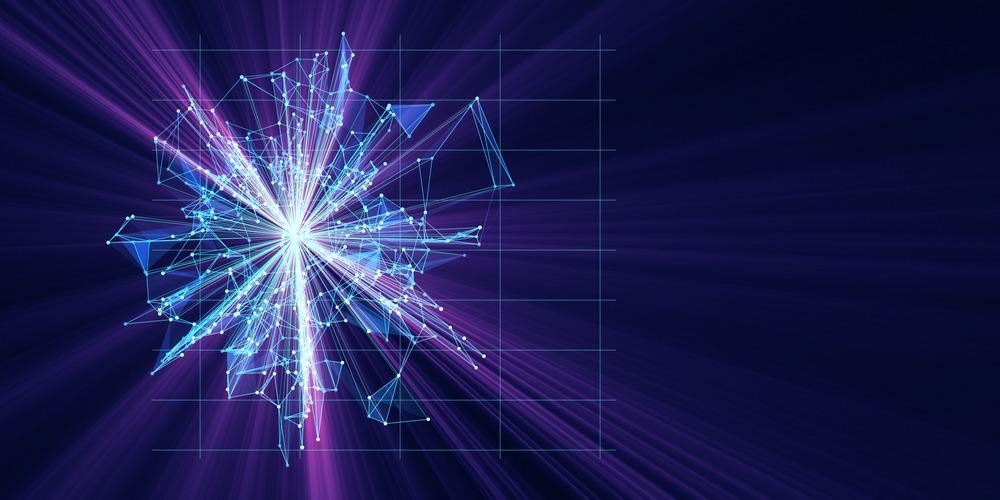Quantum metrology (QM) is the scientific study of measurement systems and methodologies that incorporate quantum techniques to achieve high-resolution and highly sensitive measurements of physical parameters, particularly by exploiting quantum entanglement and quantum squeezing.

Image Credit: Anatolii Stoiko/Shutterstock.com
What is Quantum Metrology?
Classical metrology incorporates fundamental units viz. meter, second, kilogram, ampere, kelvin mole, candela, and their derived units, which are standardized by human preference, but quantum techniques use specific discrete values which are fundamentally associated with system dynamics at the subatomic level. This enhances the calibration, precision control, and reproducibility of any measurement system.
There are two types of measurement errors: 1) the systematic errors such as errors induced by human interference and the measuring system itself, and 2) the fundamental errors such as errors due to Heisenberg’s uncertainty, which are unavoidable. QM effectively eliminates systematic measurement errors.
The quantum measurement technique comprises a system that will be calibrated, a signal generator that generates quanta that interact with the system dynamics at the subatomic level and produces electronic, optical, or magnetic responses, and a detector to record those responses.
Moreover, classical measurement theory such as the central limit theorem states that the statistical error/standard deviation in the outcome of any measurement can be reduced by an amount proportional to n−1/2 by repeating a large number of independent measurements (i.e. n times) and then averaging them. Using quantum techniques such as quantum entanglement, this standard deviation can be further reduced to a scale of n-1. This limitation of any quantum technique is called as “standard quantum limit” (SQL) or Heisenberg bound, which is defined by Heisenberg's uncertainty principle.
In QM, the electrical response is standardized using three parameters namely, single-electron tunneling current, Josephson junction array voltage, and quantum Hall resistance. These three are jointly known as the “triangle” of electrical standardization in QM. The single-electron tunneling current has the weakest response among the three, which limits its uses in quantum techniques. The phase difference of optical responses is usually represented using an interferometer, in which the output has a pattern of concentric alternating dark and bright fringes. Similarly, the magnetic responses are processed using sensitive magnetometers.
Latest Advancements in QM
QM provides a route to overcome practical limits in sensing devices. Quantum mechanics has enabled important biological implementations, including positron emission tomography (PET) with entangled photons, bio-magnetic imaging with superconducting quantum interference devices (SQUIDs), and magnetic resonance imaging (MRI) using nuclear magnetic resonance. QM has demonstrated enhanced sensitivity and resolution in the characterization of the biological response to light at the single-photon level, immunity to imaging artifacts and technical noise, multi-photon microscopy, and magnetic imaging.
Recently, scientists have demonstrated a coherent phase modulation of a continuous electron beam and photons generated by a near field photonic circuit using silicon-nitride microresonators; this resulted in high-resolution imaging owing to the combined effect of electron and optical microscopy.
More from AZoQuantum: What Are Quantum Spin Liquids?
The laser interferometer gravitational-wave observatory (LIGO) uses a Michelson interferometer with Fabry-Perot resonant cavities to detect cosmic gravitational waves. This also uses the QM methodology. In this case, the sub-atomically small distortion in space and time due to the gravitational waves is detected by an interferometer due to the phase difference between two laser beams, initially coherent but incoherent after an equal distance of propagation.
The SQUID is a very sensitive magnetometer that measures extremely subtle magnetic fields as low as 5×10−14T, which is much smaller than the magnetic field produced by a typical refrigerator magnet of 10-2 T and some processes in the animal body between 10-9 T to 10-6 T. It has superconducting loops containing Josephson junction arrays.
In the absence of an external magnetic field, the input current splits into two equal branches. When the instrument is subjected to a small external magnetic field or localized quantum level magnetization M due to electron spin-orbit interaction, a screening current is generated, which creates an additional Josephson phase that is proportional to the external magnetic flux. The obtained phase difference is used to measure a very small magnetic field.
Conclusions
The above measurement methodologies are part of QM, which uses input signal that interacts with the system dynamics at the quantum level and generate output responses. These output responses are compared with the input signal to precisely measure specific system attributes including Heisenberg bound. QM is the future technology for measurement and standardization, although it requires a more cost-effective approach.
References and Further Reading
Michael A. Taylor, Warwick P. Bowen, Quantum metrology and its application in biology,
Physics Reports, Volume 615, 2016, Pages 1-59, ISSN 0370-1573. https://www.sciencedirect.com/science/article/pii/S0370157315005001
Henke, JW., Raja, A.S., Feist, A. et al. Integrated photonics enables continuous-beam electron phase modulation. Nature 600, 653–658 (2021). https://www.nature.com/articles/s41586-021-04197-5#citeas
Tate, K. (2014, April 11). Hunting Gravitational Waves with Lasers: How Project LIGO Works (Infographic). Space.Com. https://www.space.com/25445-how-ligo-lasers-hunt-gravitational-waves-infographic.html
Disclaimer: The views expressed here are those of the author expressed in their private capacity and do not necessarily represent the views of AZoM.com Limited T/A AZoNetwork the owner and operator of this website. This disclaimer forms part of the Terms and conditions of use of this website.